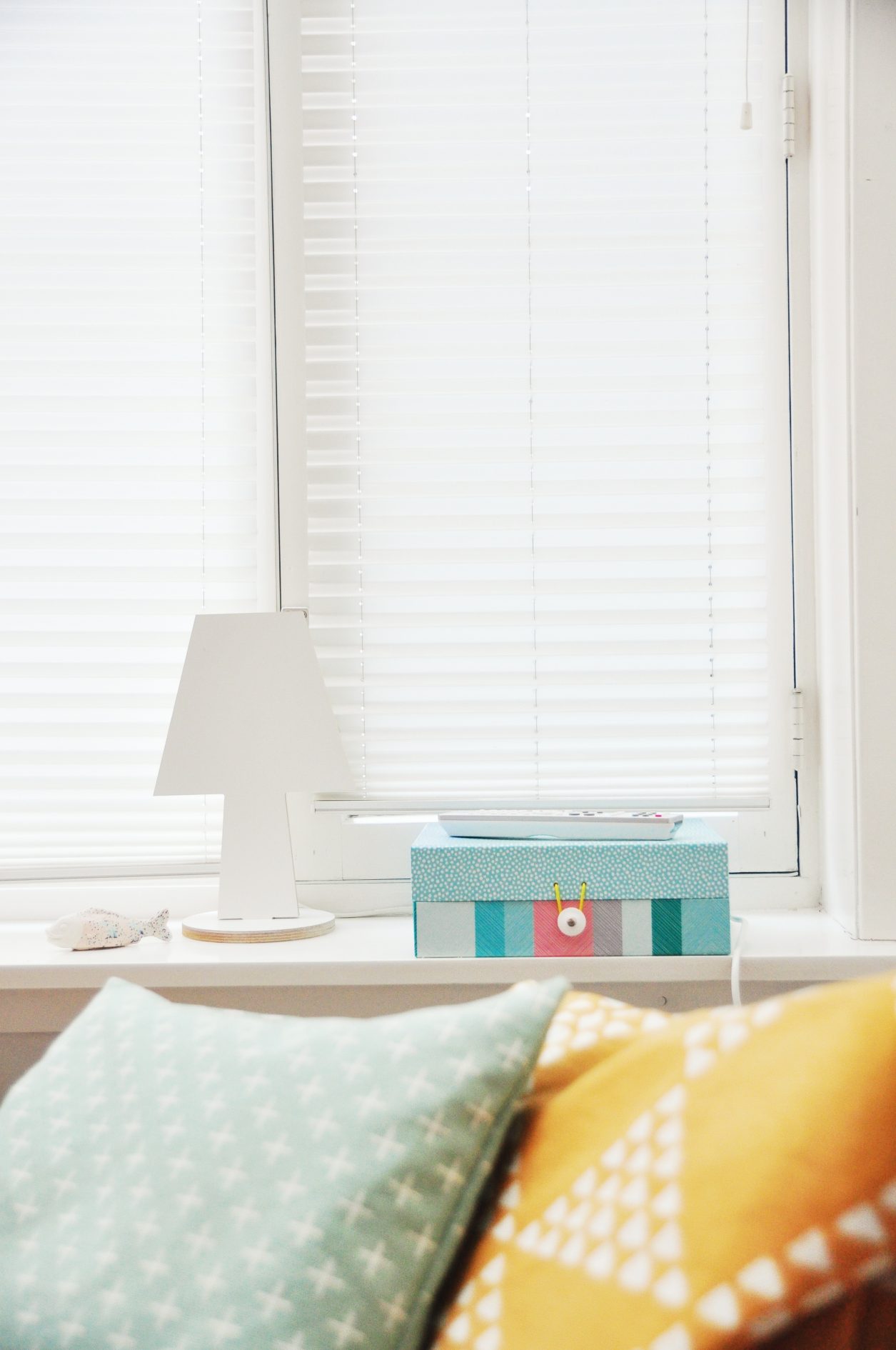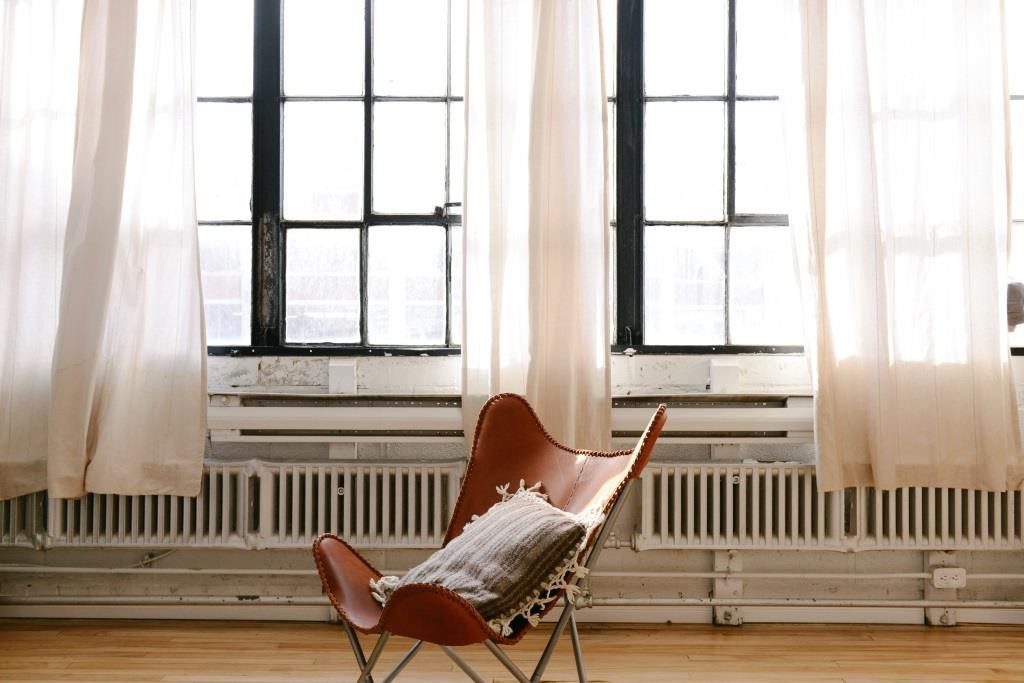
It can be hard to get out of bed in the morning at the best of times – but during a cold winter, extracting yourself from between the sheets can be a torturous experience. And cold is more than just physically uncomfortable – it’s bad for your wallet, too!
Unchecked breezes and drafts can send your heating system into overdrive, driving up costs and driving down comfort. But all is not lost!
Let this handy guide help you locate the source of the air leaks in your home, so that you can deal with them once and for all.
Attic hatches
Even if your attic is well insulated, the attic hatch can be a weak point in terms of a home’s heat retainment.
Adding a bit of insulation to your hatch can stop hot air rising through it and – just as importantly – stop cold air leaking back into your living areas! Some cheap sealing materials around the edge of the hatch can make a huge difference with almost no effort!
Windows
Up to 40 per cent of the heat escaping from your home in winter is from uncovered windows. Heavy lined curtains which extend below the window frame will insulate your windows and help keep the warmth in.
If you don’t have energy efficient windows, this can be a serious sink hole for the heat in your home. But new windows are not necessarily the only solution to a chilly breeze from the window!
Check the window frames and sealing on your windows – weak or old sealing can lead to cold air leaks. Fixing them up with a bit of new sealing can make a big difference.

Curtains
As simple as this may sound, make sure to close your curtains in home. Up to 30 percent of unwanted heat comes from your windows. Once you get up, make sure to open all of the curtains in your home, so that you can capture as much of that free heat as you can.
Then once the sun goes down, keep all that heat from leaving through the windows by closing the curtains.
Holes
Another way cold air can get in the house, is by leaving holes in your home unfilled. Make sure to fill these holes such as holes in walls and floors for plumbing pipes, vents to keep your house warm.
Doors
Doorways both in and out of the home are obviously a vital factor in the control of air flow. Installing weather stripping materials around your doors can solve many issues and get rid of drafts.
Draft excluders and rubber sealing on your inside doors can also make a big difference in preventing cold air from spreading around the home.
This can also help you identify the sources of breezes – after sealing your internal doors, the rooms with leaks will be much chillier than the rest, giving you a good idea of where to focus your breeze-squashing attention. Another tip with keeping warm , is to close unused doors in your home!
Getting a good window and door company in to make some simple home improvements to your home’s entryways can be a good excuse for a home makeover, which could pay for itself in no time with reduced heating costs!



